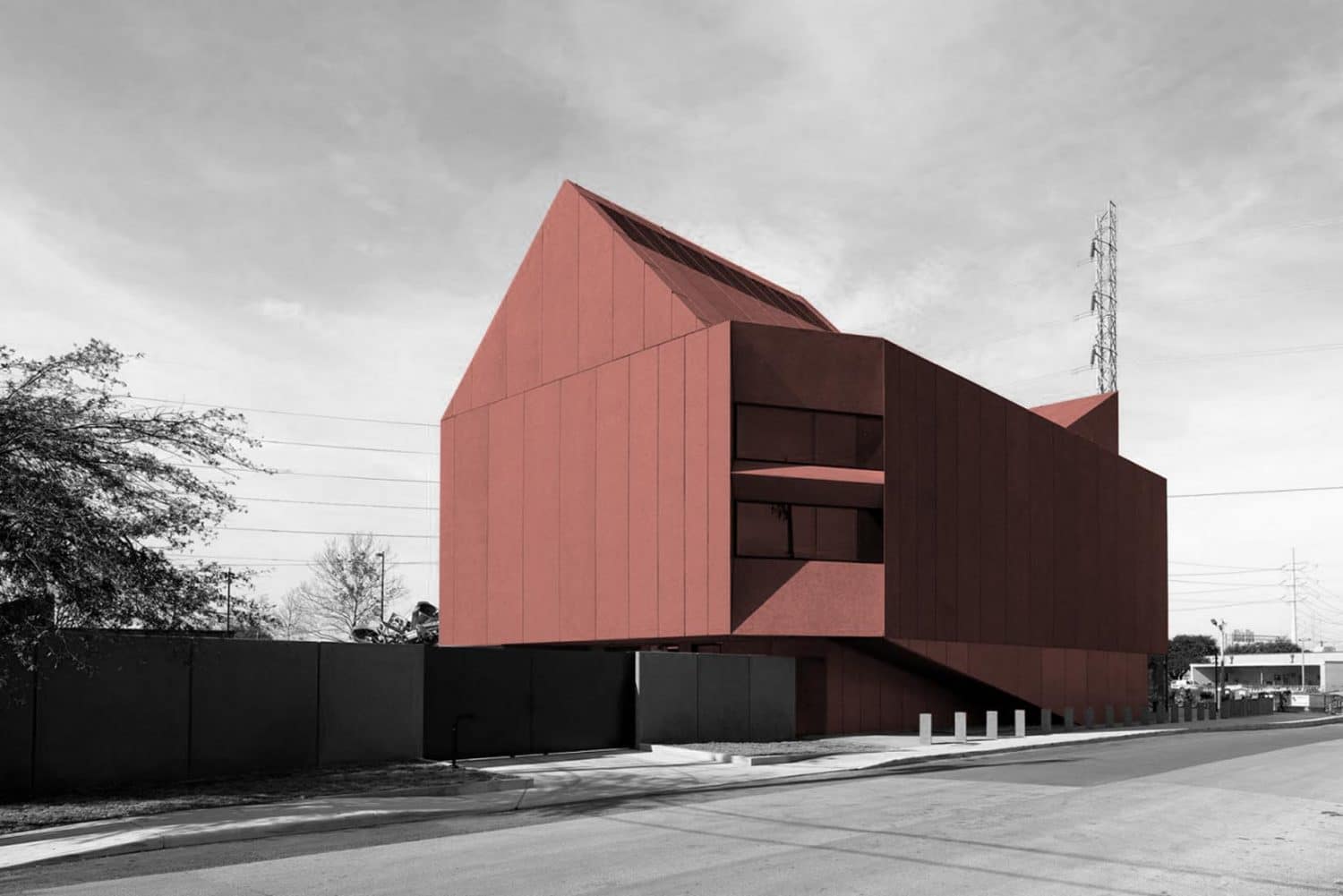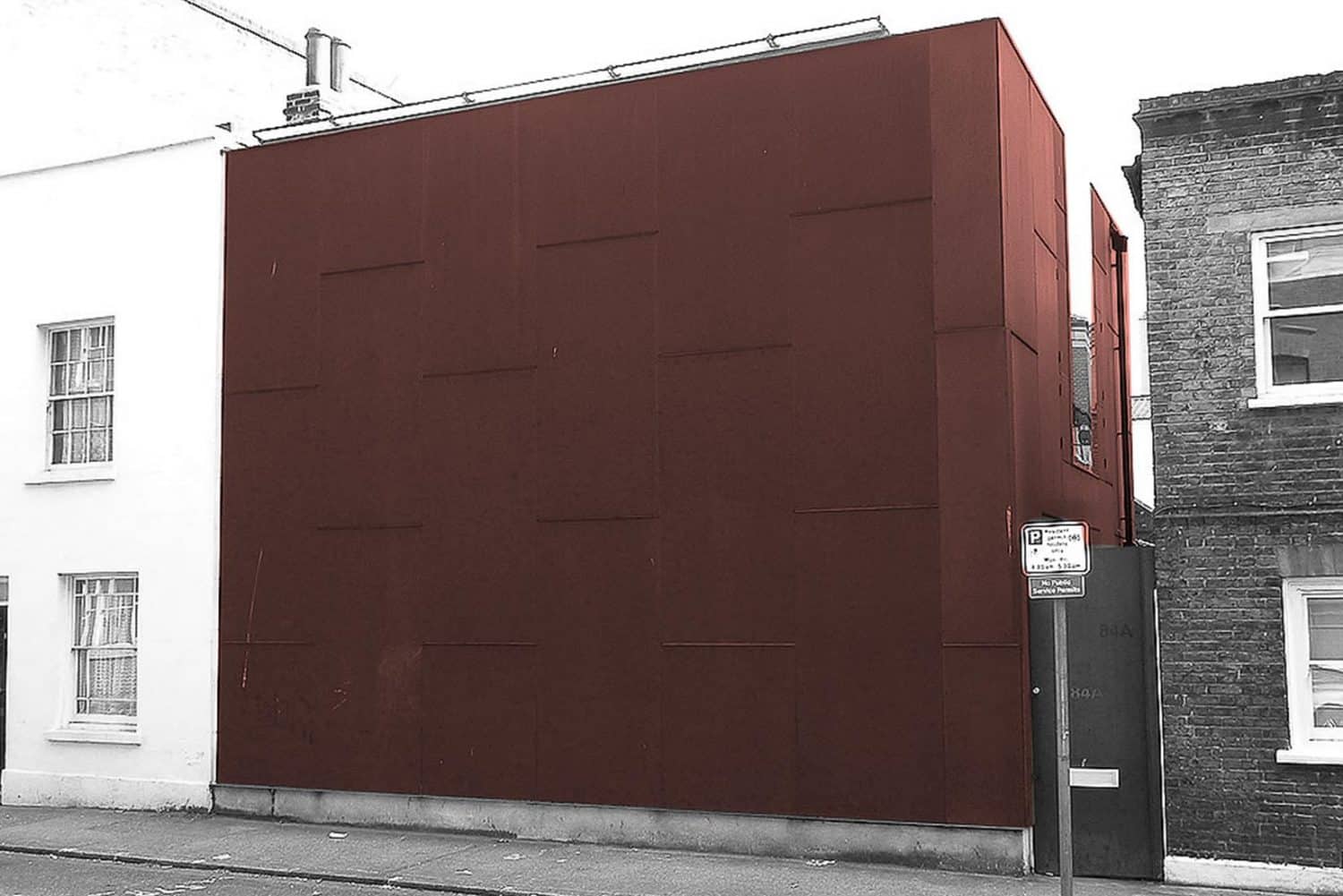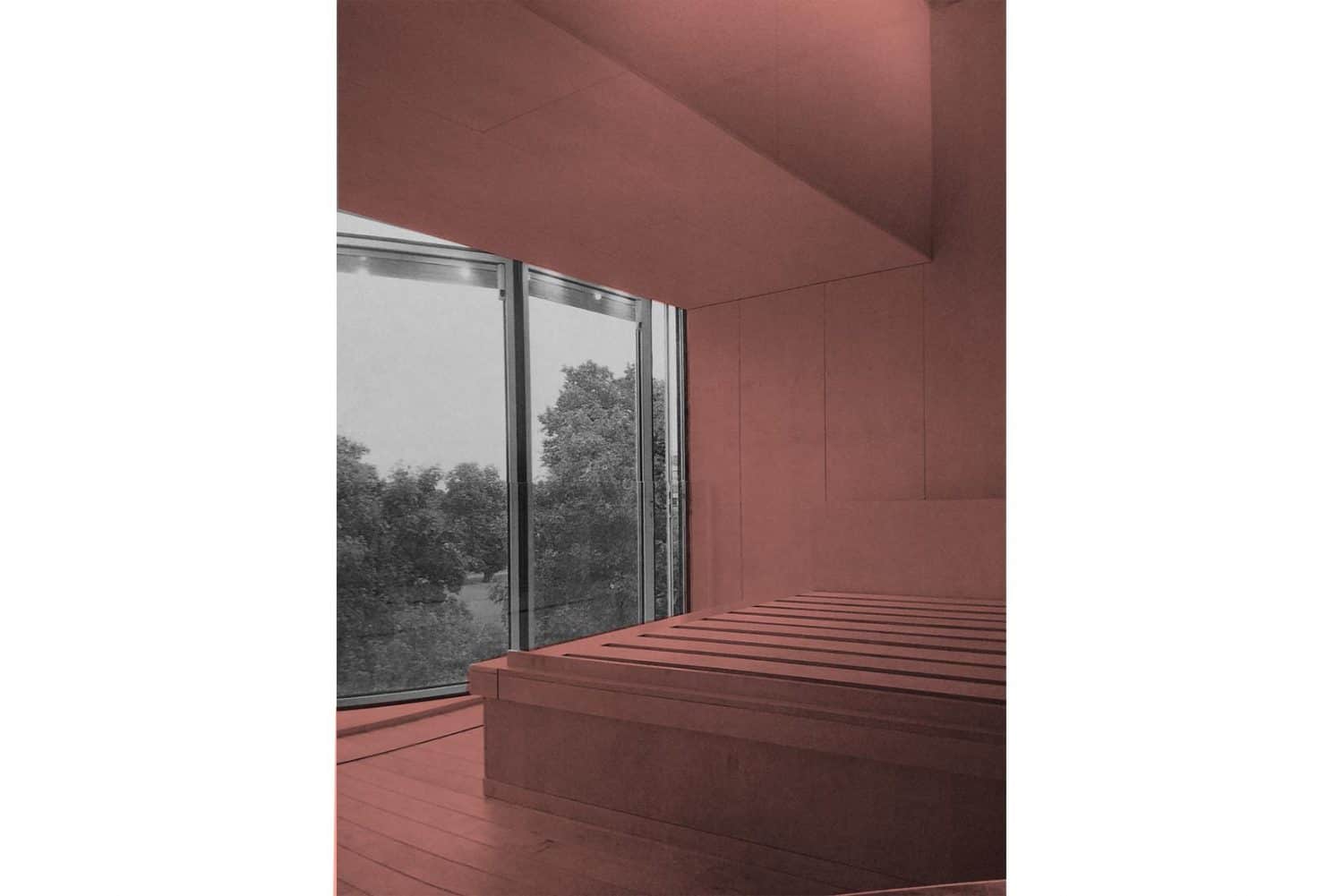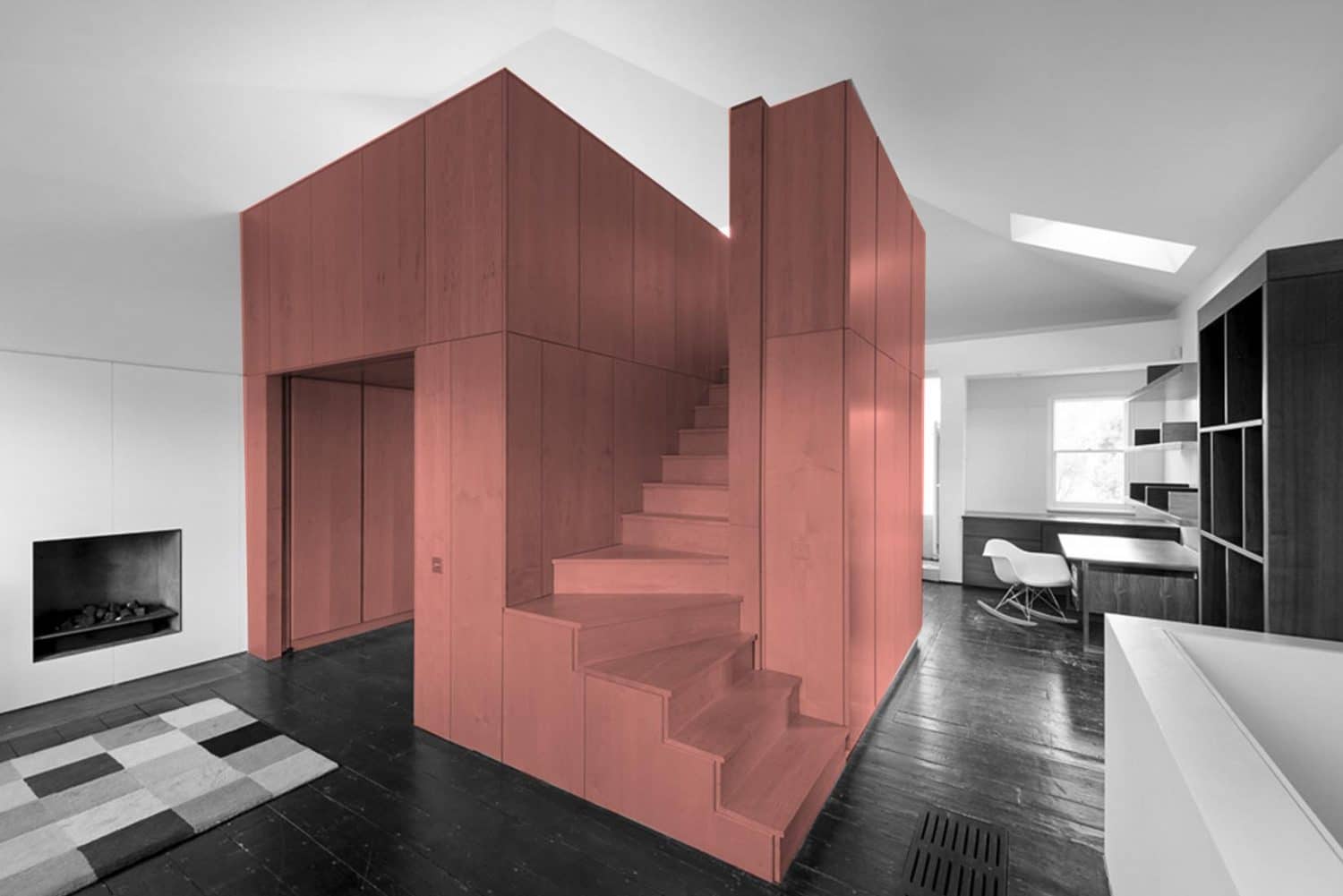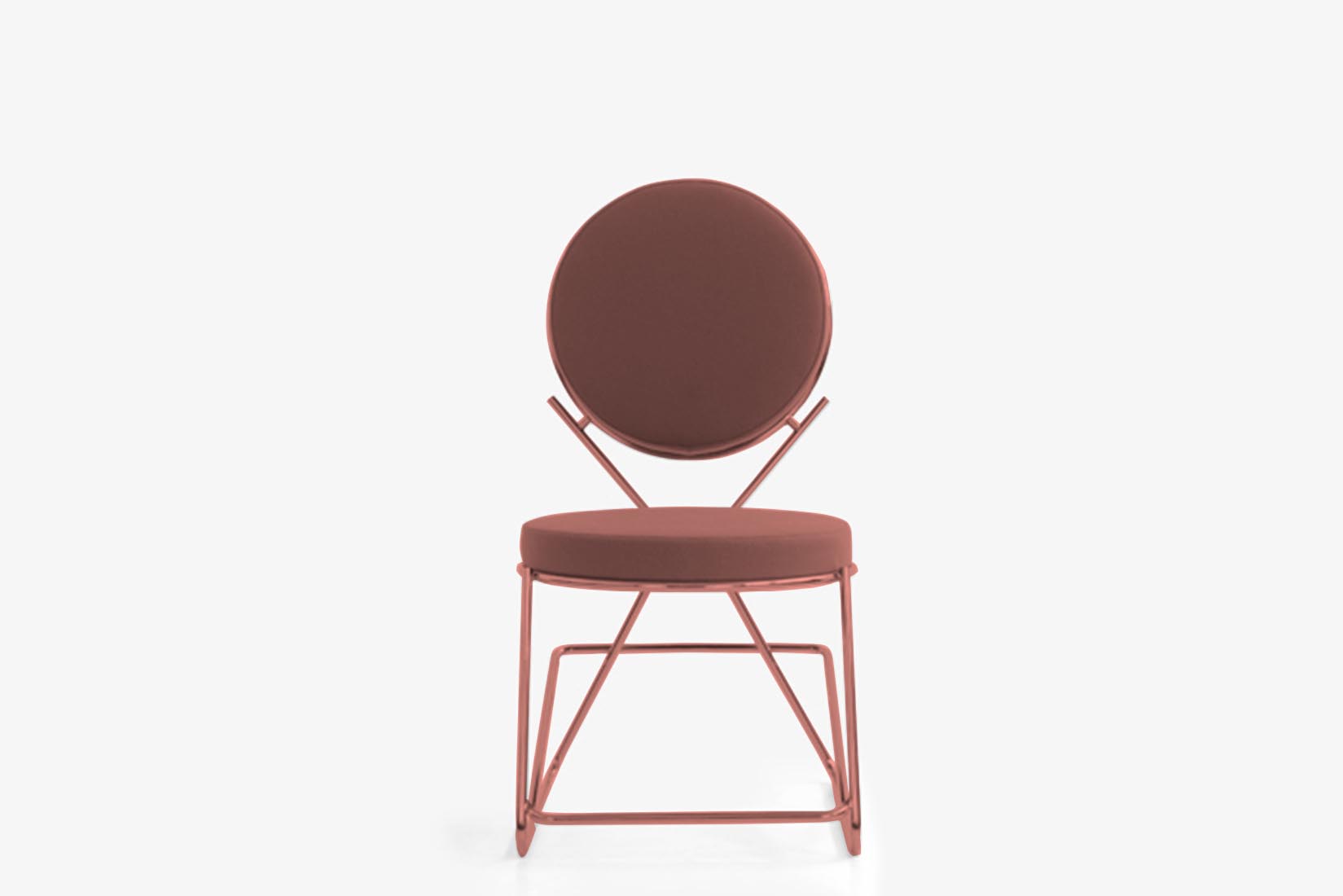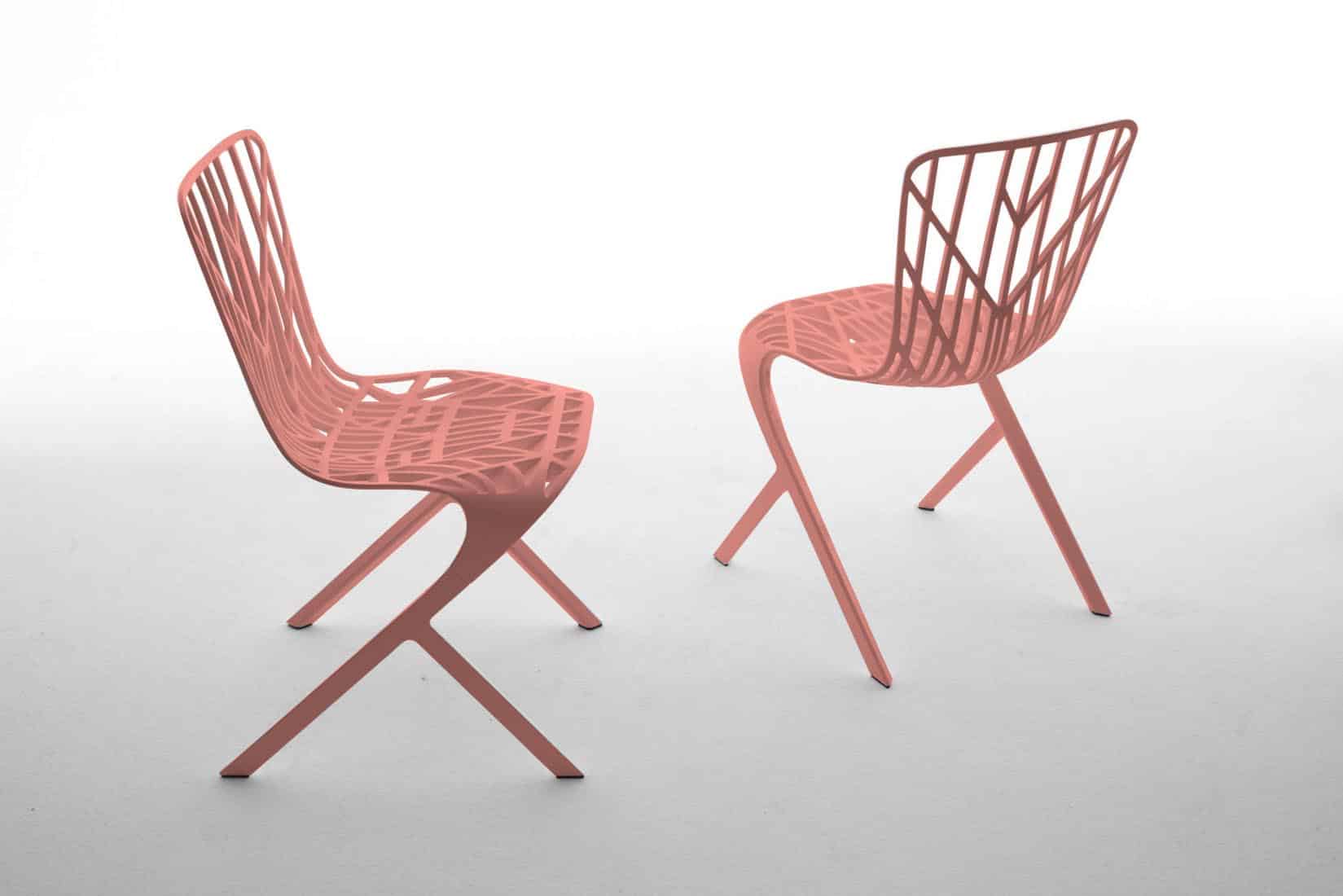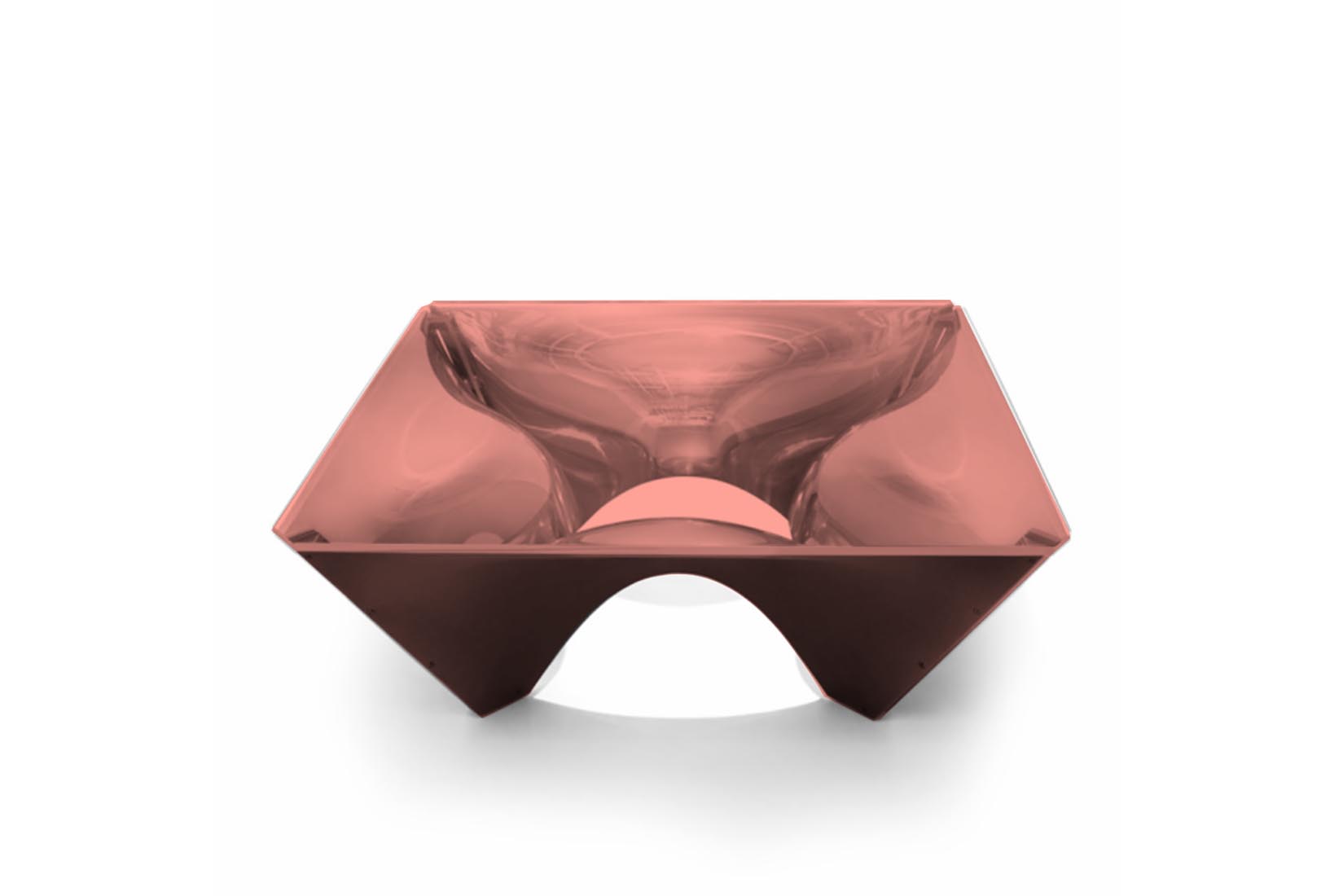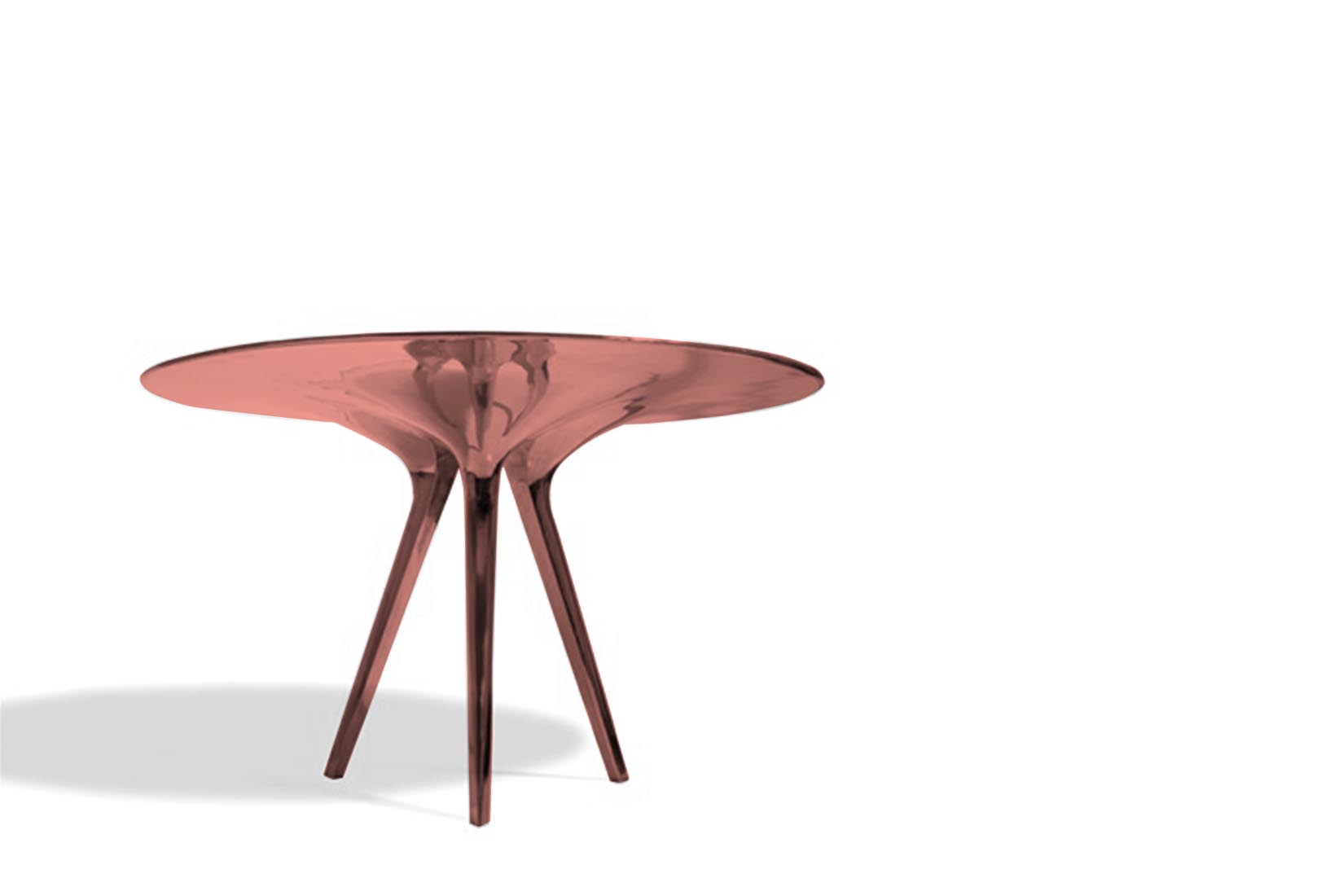INTERIOR
Architecture and Abstraction #David Adjaye
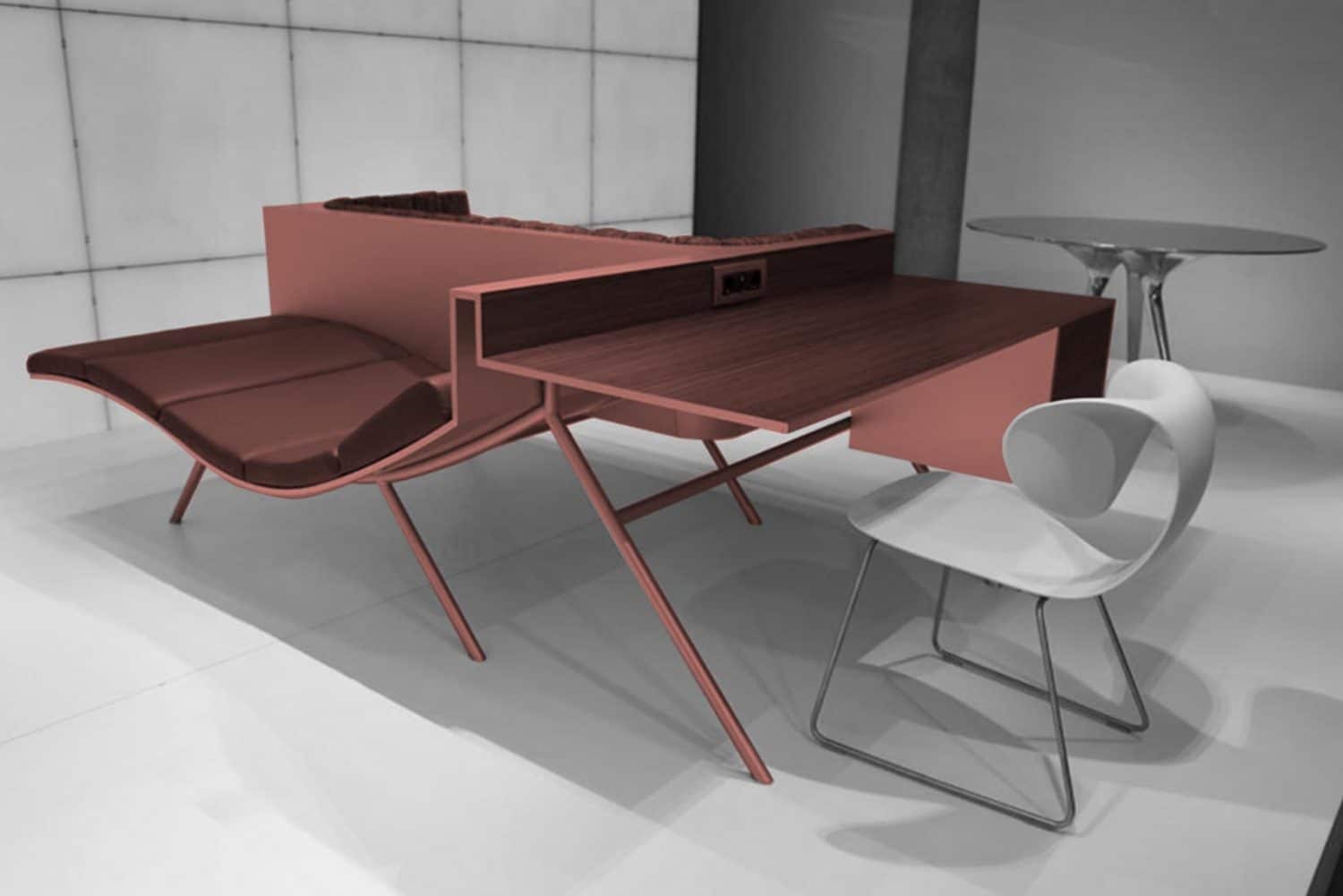
Although his latest works revolve around the idea of a monument from a contemporary point of view, the projects that turned the British Ghanaian-born David Adjaye into a recognized architect, such as the Elektra house in London, were based on an original and imaginative attitude in regard to the relationship between elements, as well as in a daring and abstract use of materials. These materials have been very varied throughout his career but always within a limited palette in each project that visually defines and distinguishes each element. Adjaye applies these characteristics both to architectural design in general and to the design of the furniture that plays a basic role in his houses.
The contribution of furniture to Adjaye’s architecture can be grouped into three major types. On the one hand, the design of furniture, mainly chairs and tables, but also bathtubs, to occupy a specific place and define the surrounding space, such as the dining table or the bathtub in the Elektra house. On the other hand, the large-scale use of storage units, both free-standing and built-in, that play an important role in the organization and the use of space, as in the KPG apartment. Finally, an approach to the purely architectural elements that is sometimes closer to furniture design than to conventional architectural design, such as the staircase of the McGregor house.
In addition to the pieces produced as part of an architectural work, Adjaye has also designed throughout his career objects and furniture to be mass-produced, although he considers them as a testing ground for subjects that are also developed in his architectural production. Furniture such as the One Series share the mentioned features of its architectural approach, while the Washington Collection develops the same themes of memory, materiality and monumentality as the museum that inspires it.
